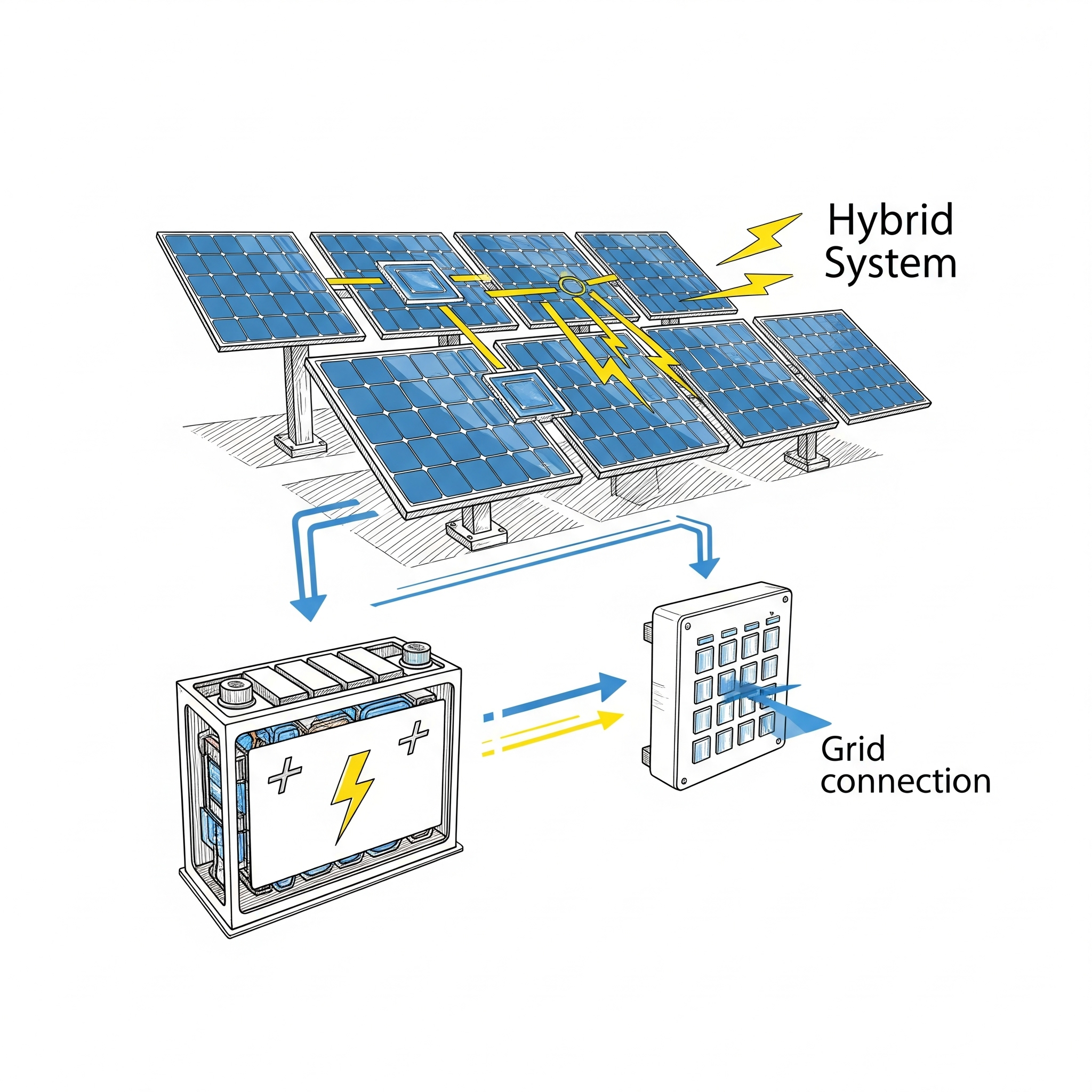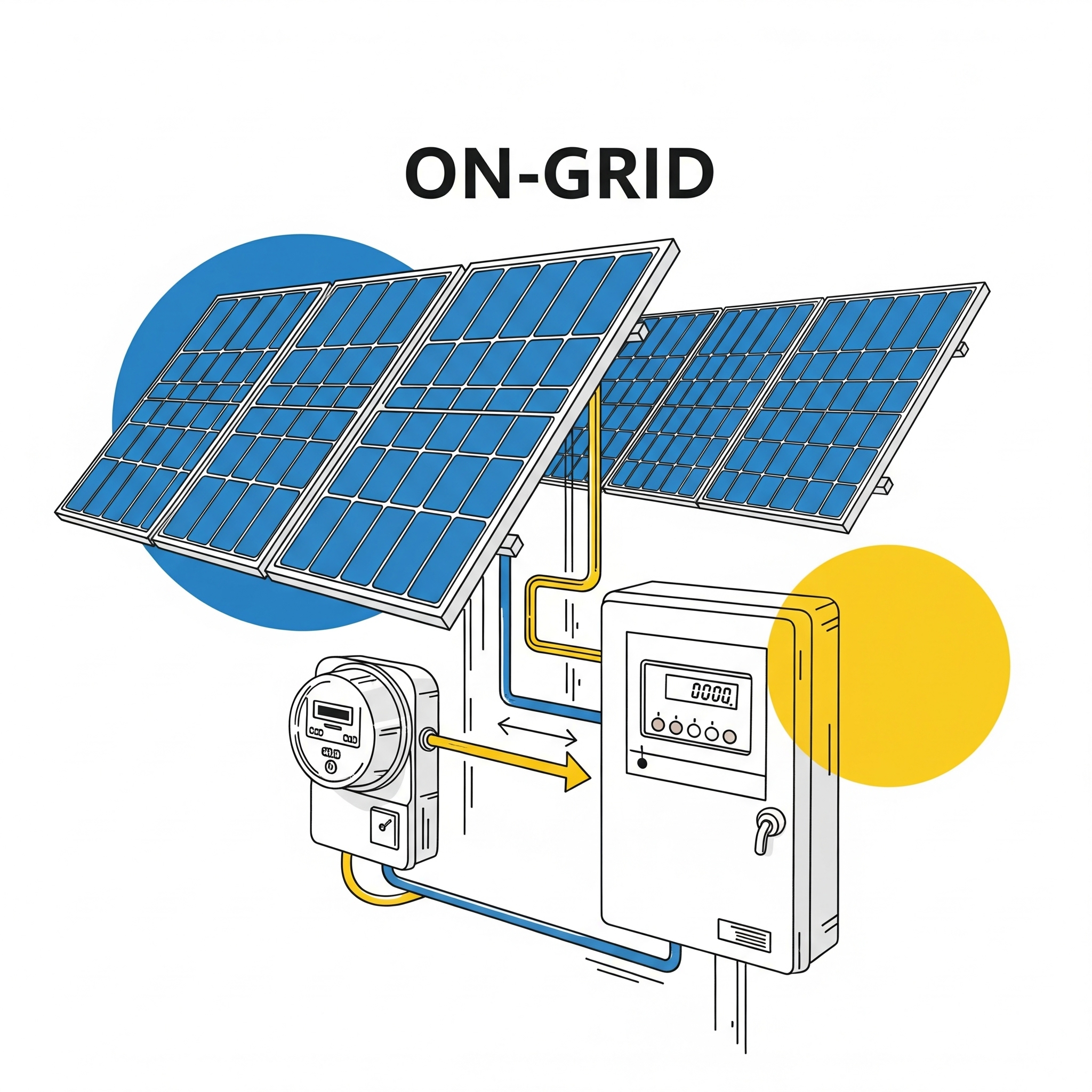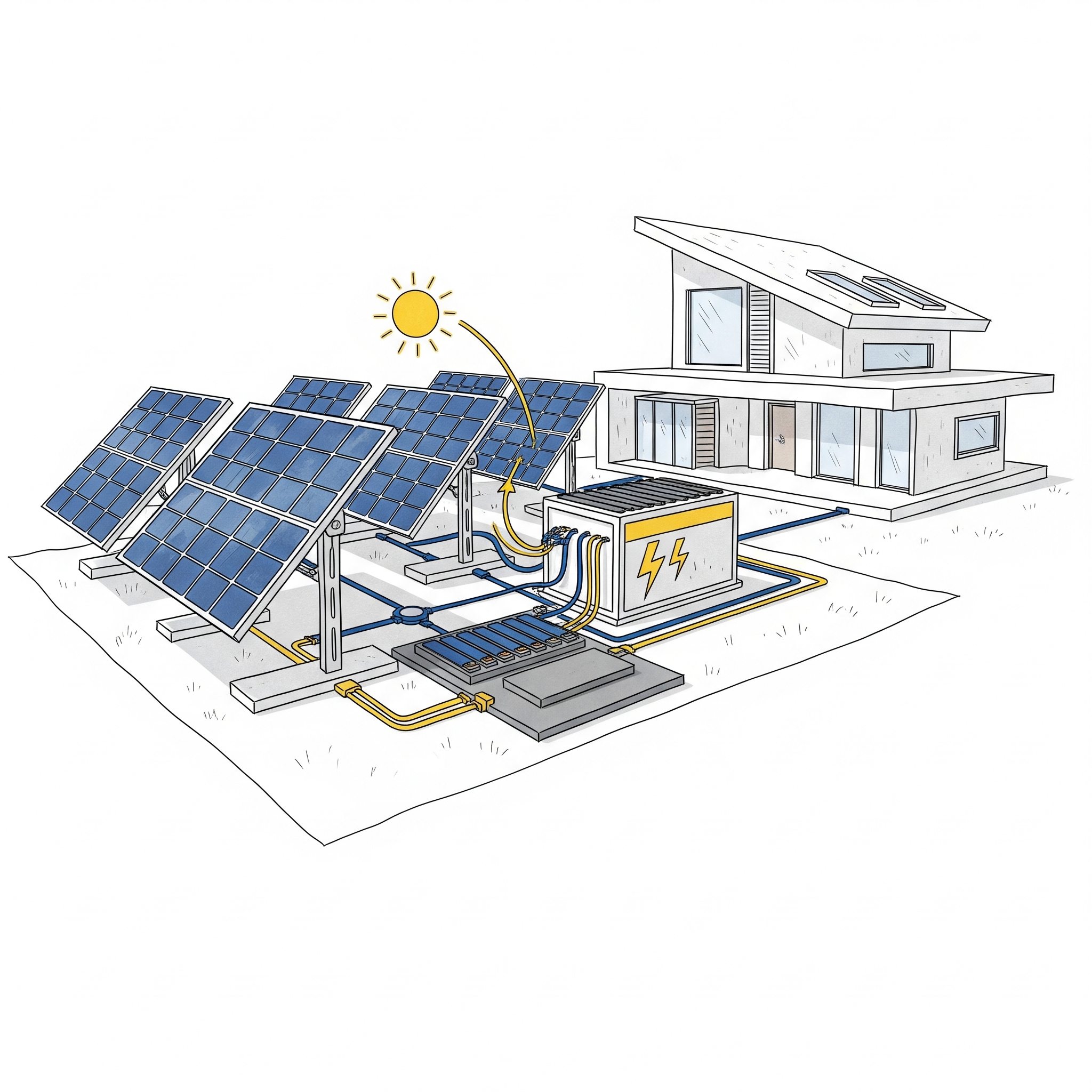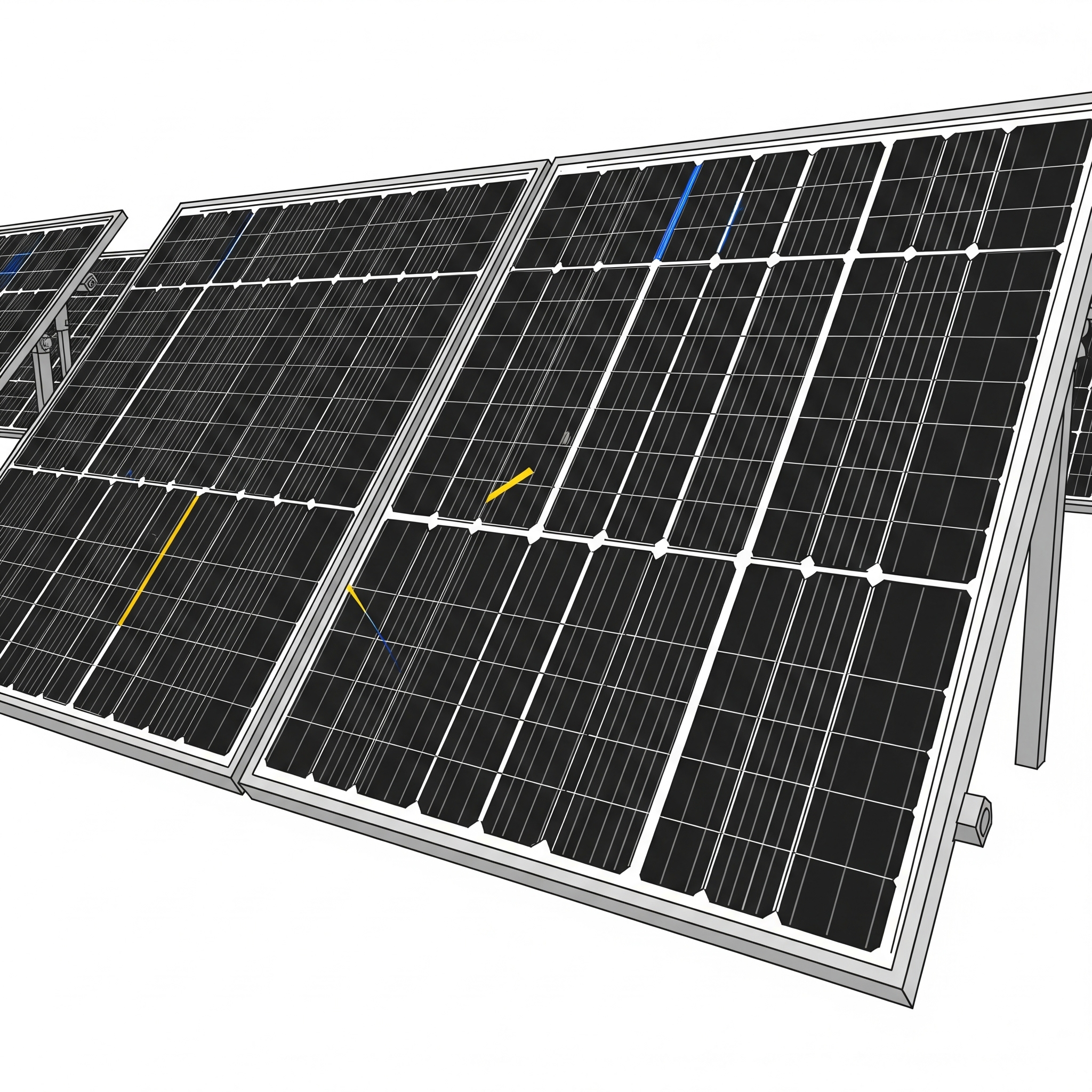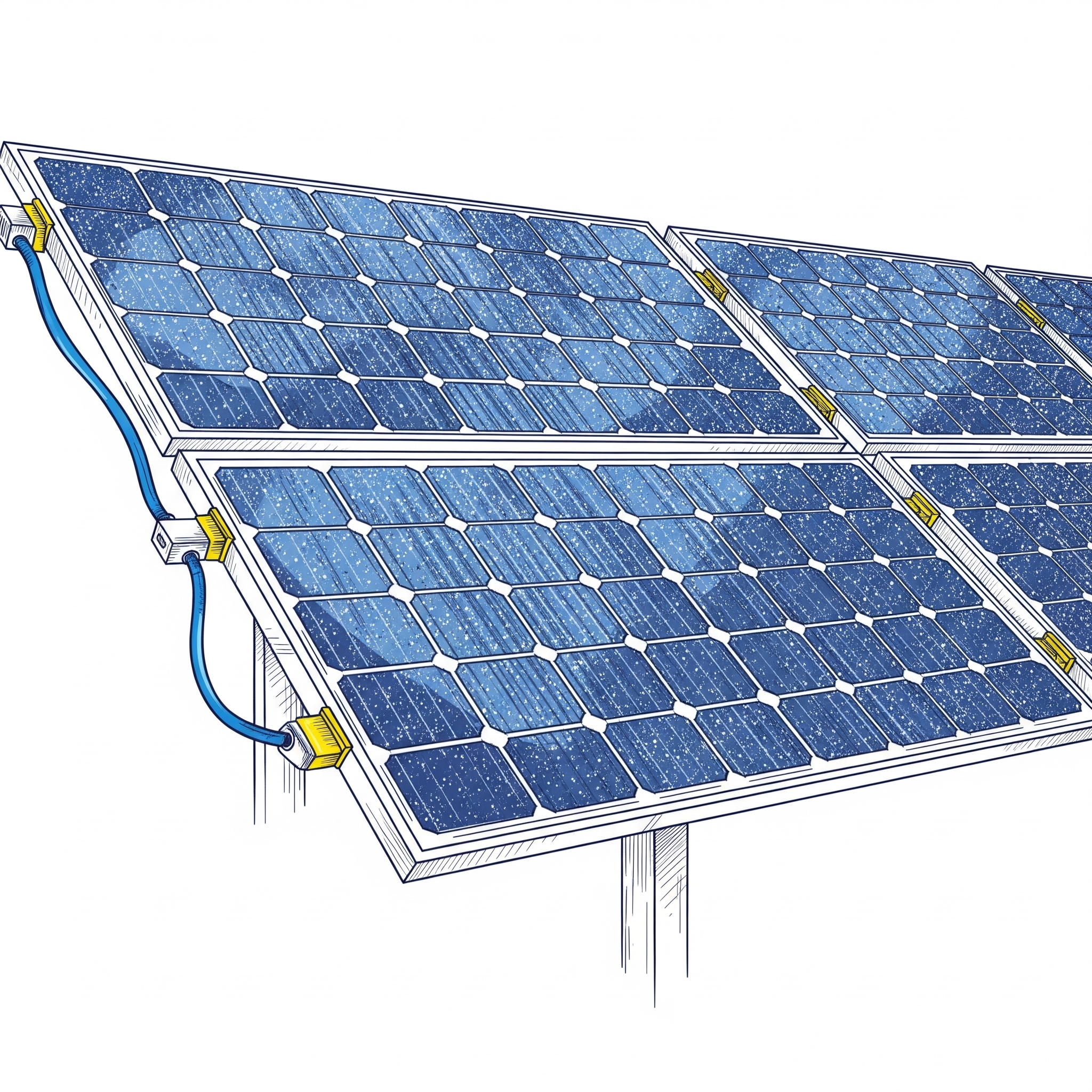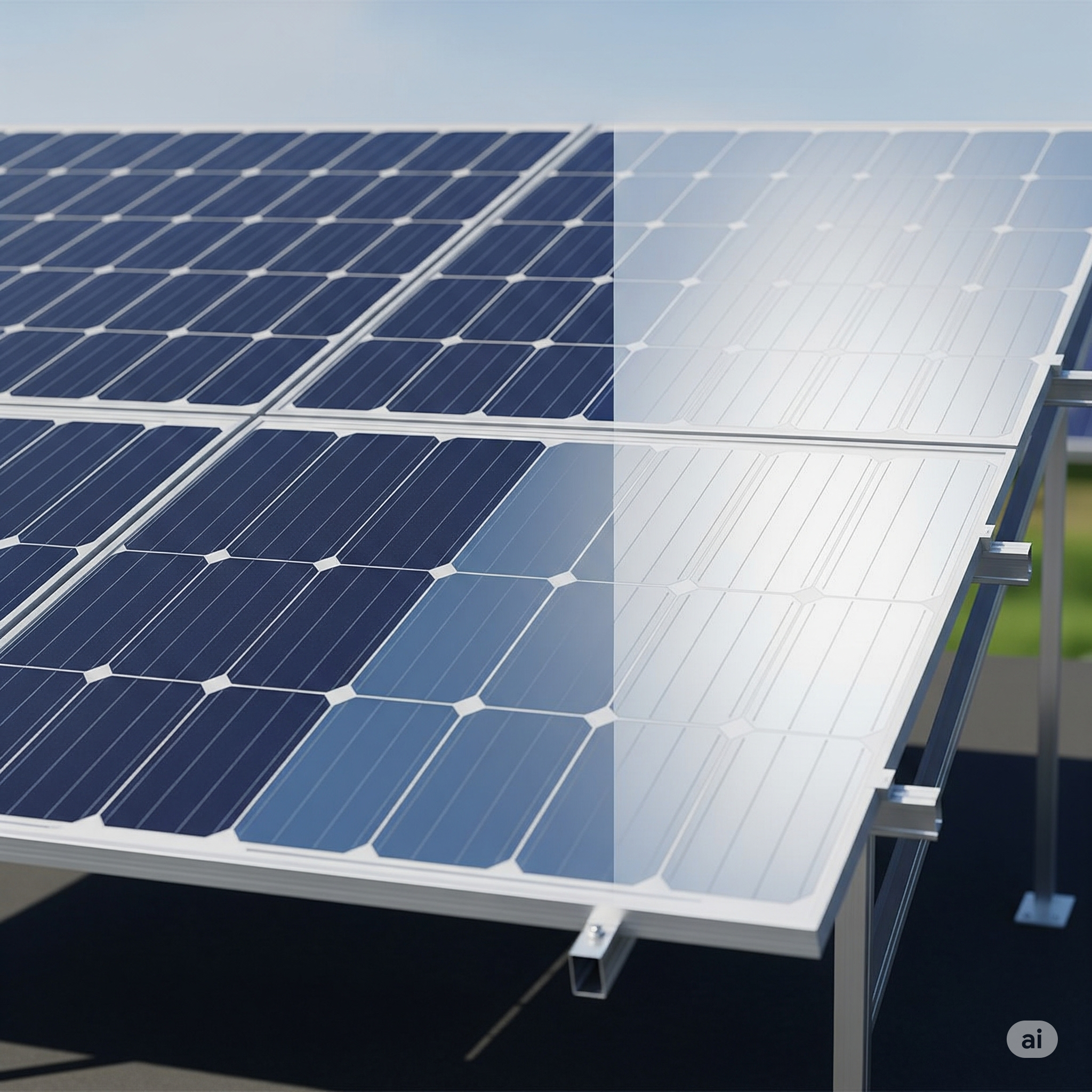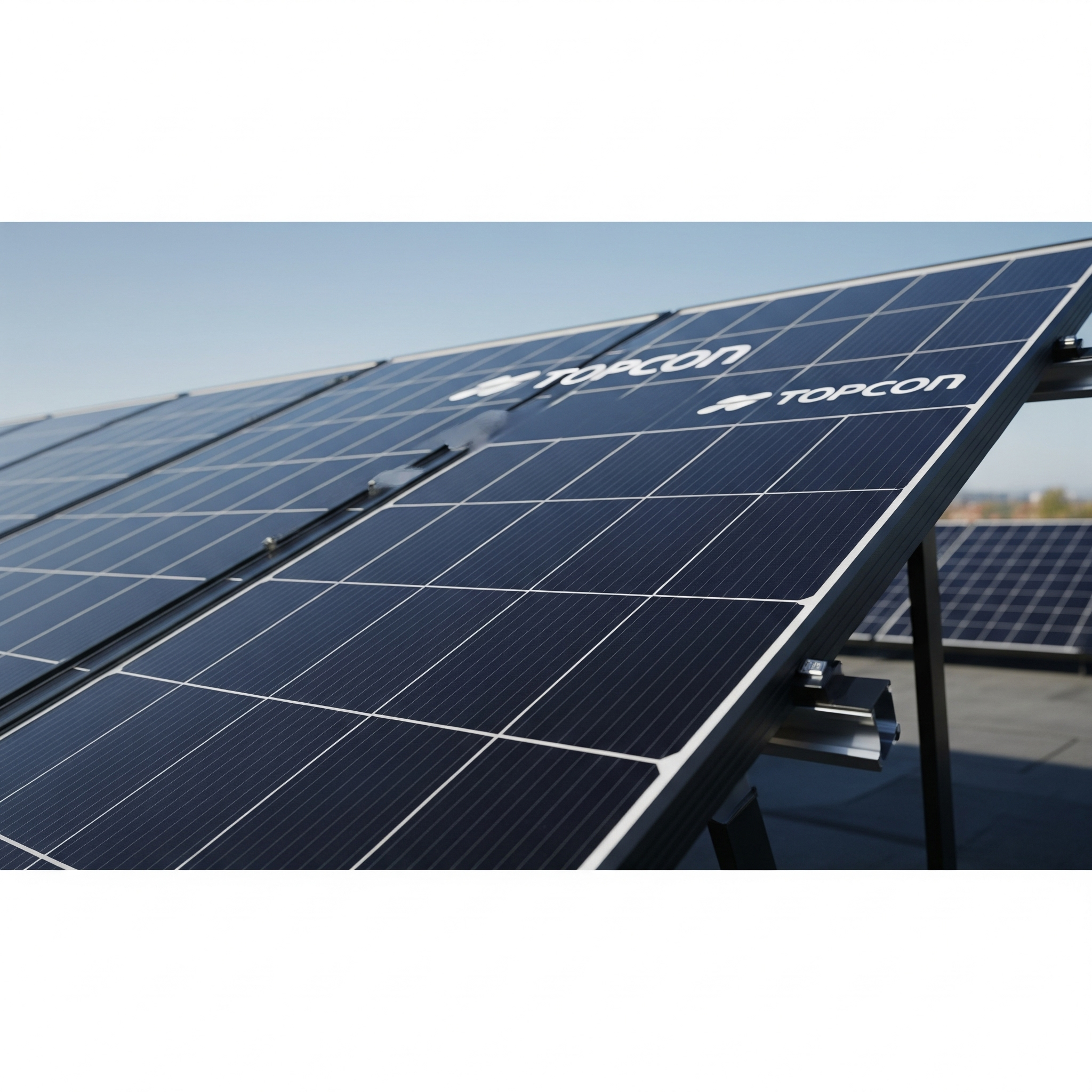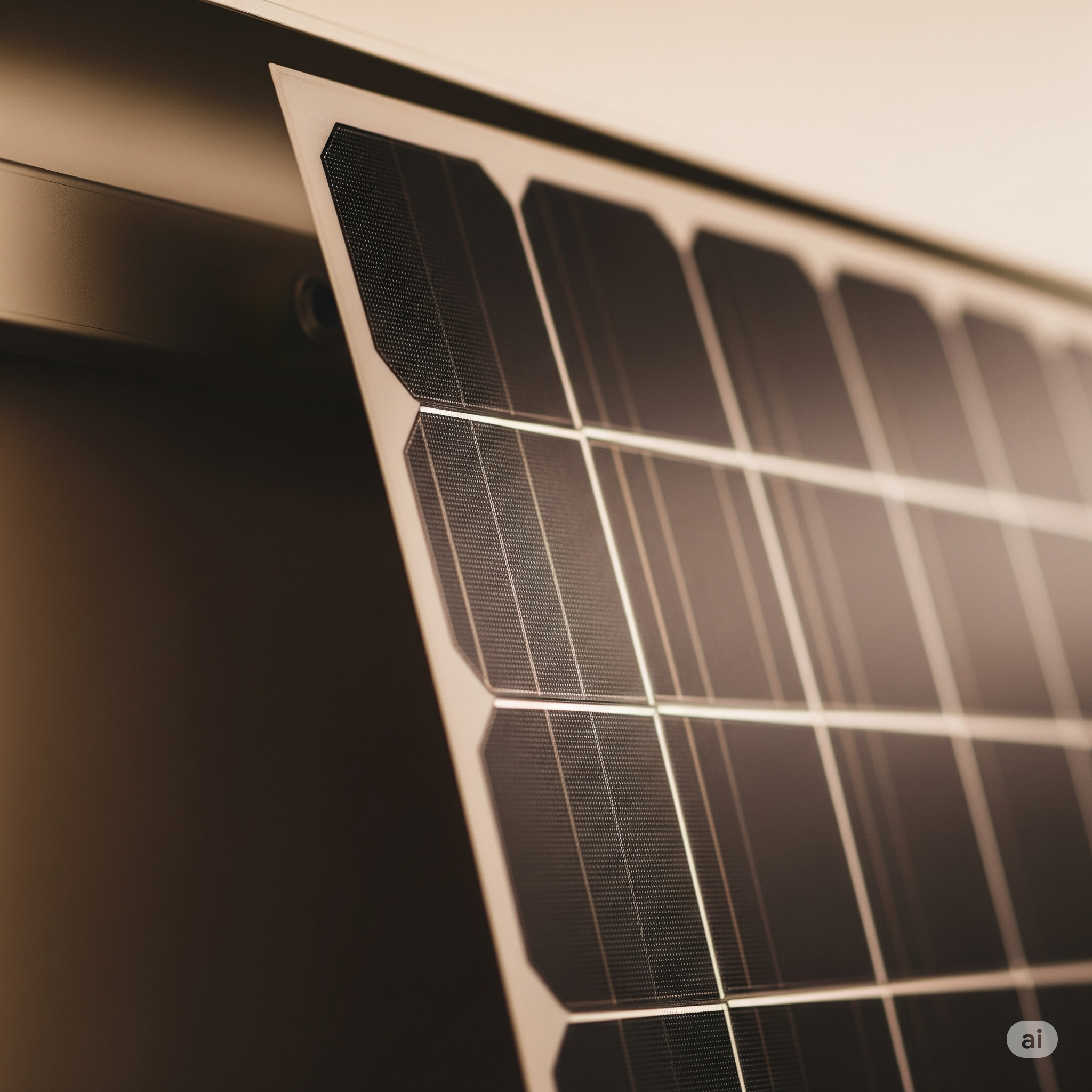String Inverter
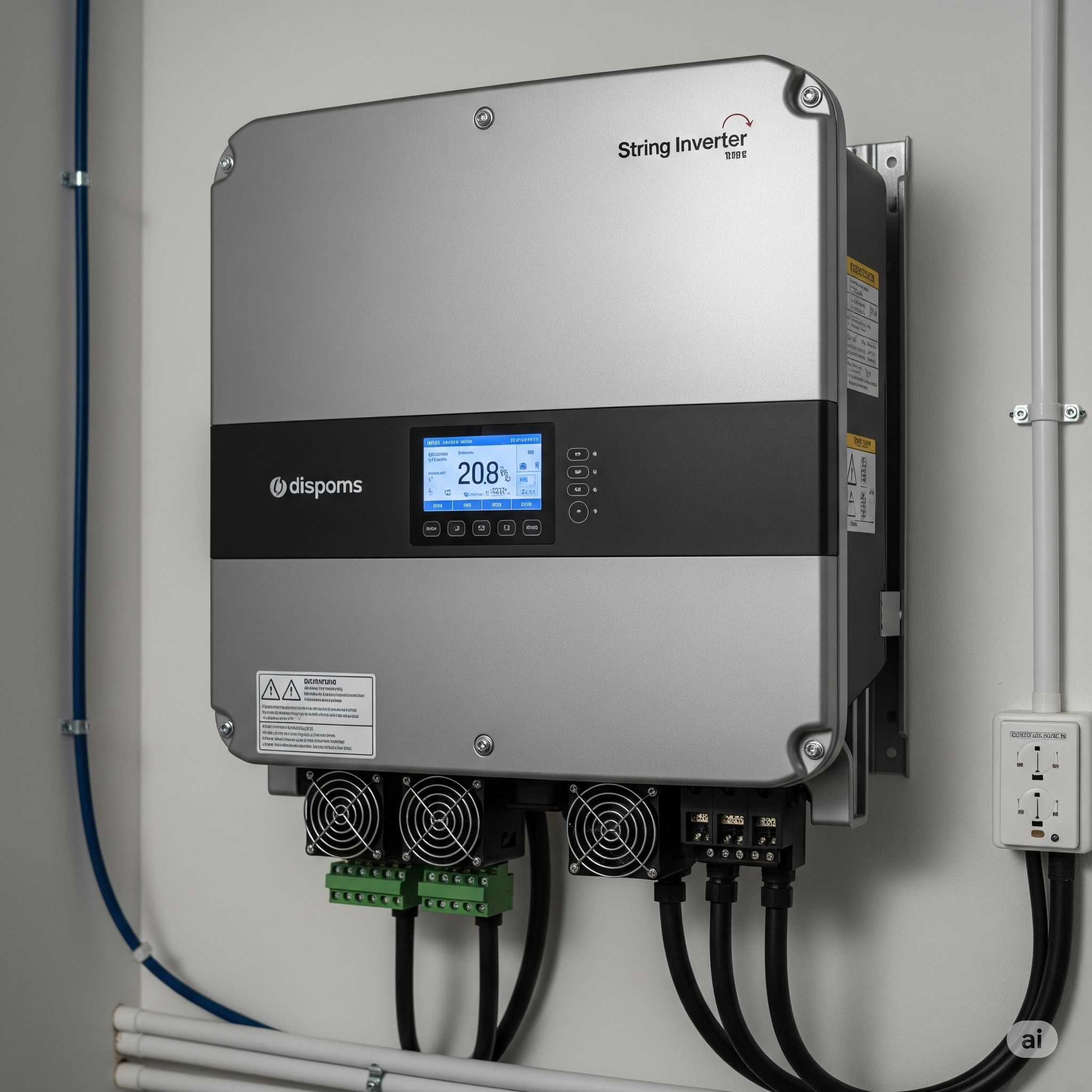
A string inverter connects a group (or string) of panels. All panels must face the same direction for best performance. It's affordable and widely used for residential rooftops.
- ✅ Cost-effective for large setups
- ❌ Shading affects all panels in the string
- ⚙️ Simple installation & low maintenance
Microinverter
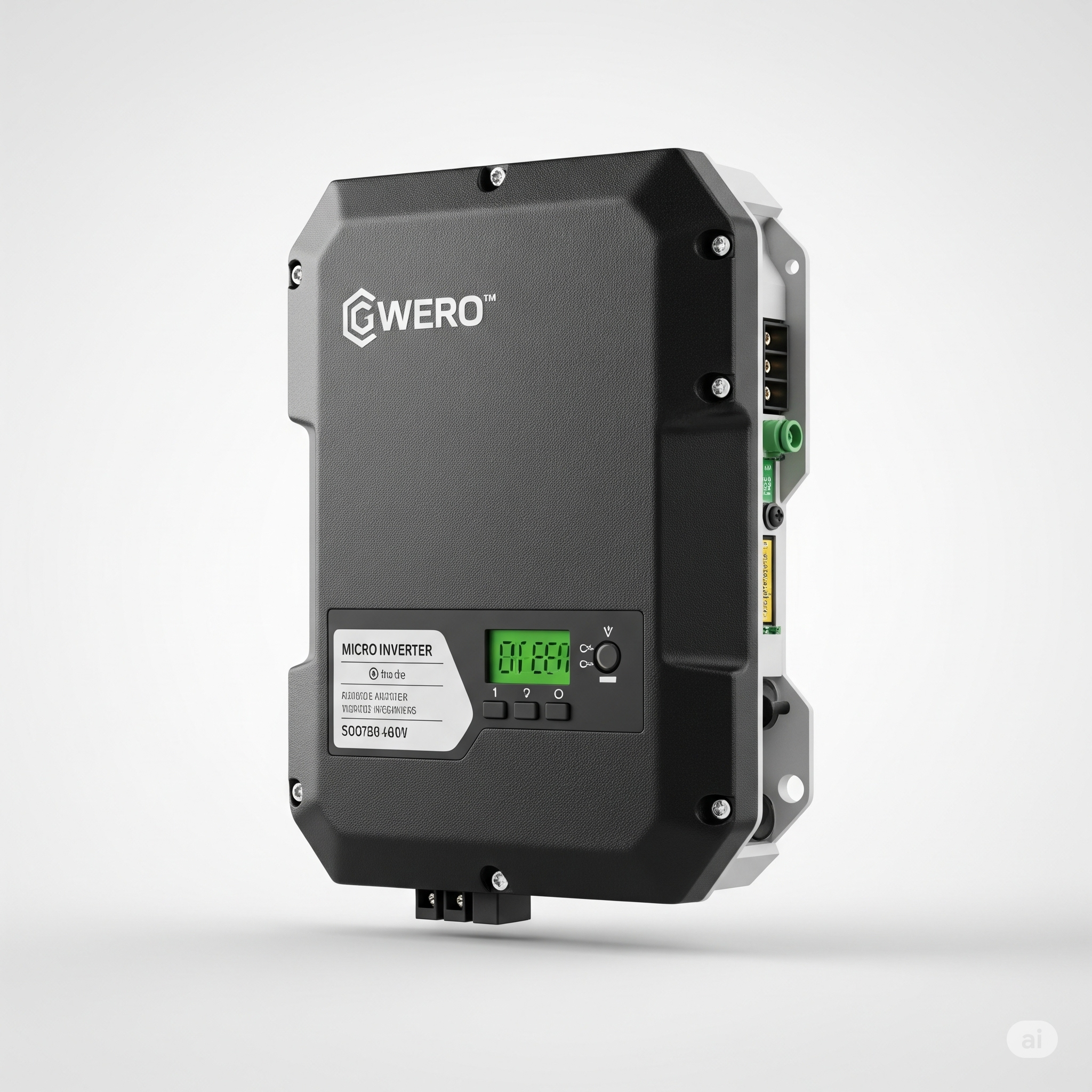
Microinverters are installed on each panel individually. They increase output in shaded or multi-directional arrays. More expensive, but more efficient.
- ✅ Panel-level monitoring and optimization
- ❌ Higher initial cost
- 📊 Great for varied tilt or orientation roofs
Hybrid Inverter
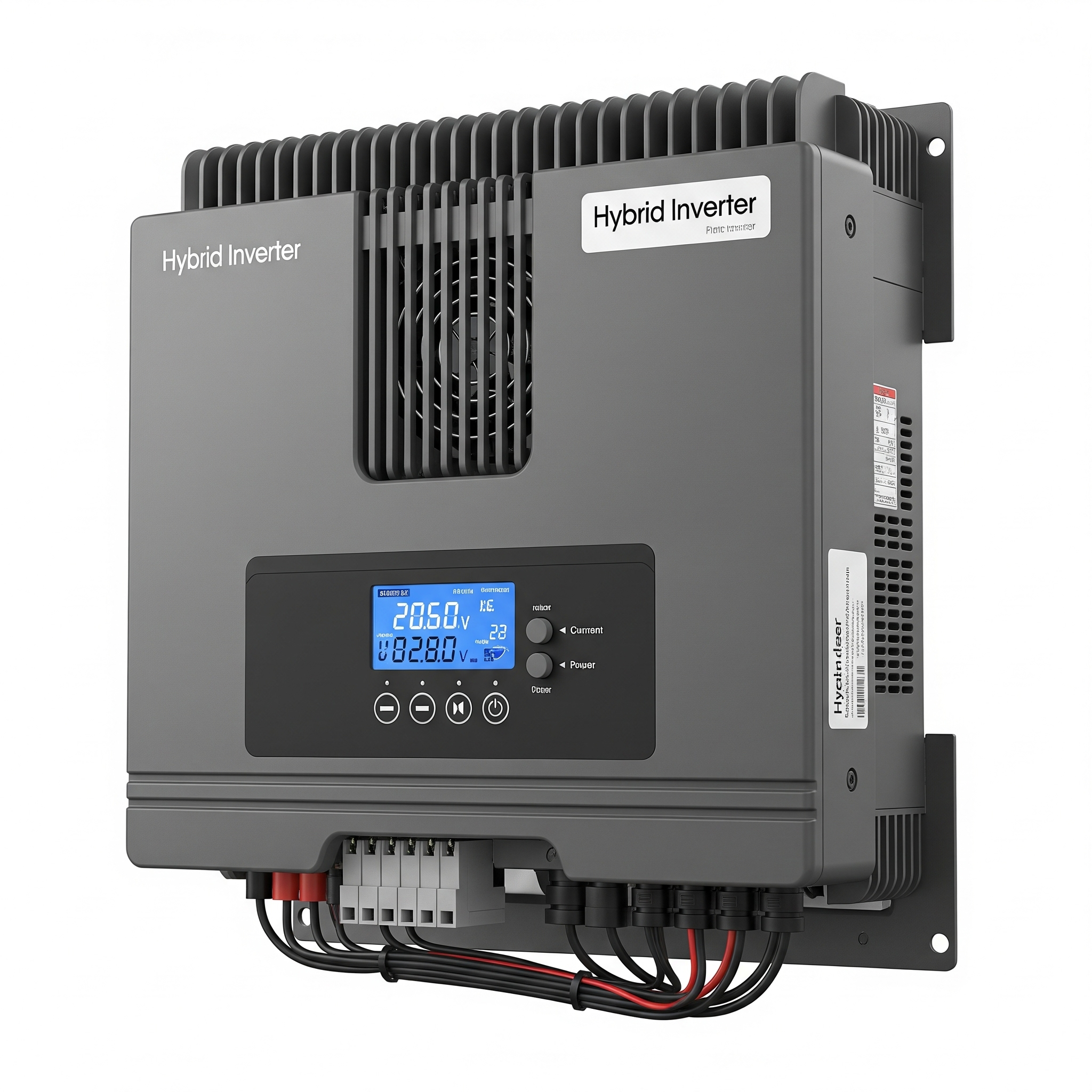
Hybrid inverters allow for both solar power and battery storage. Useful for power backups, off-grid features, and exporting excess energy to the grid.
- ✅ Works during power outages
- ❌ More complex & costly setup
- 🔋 Battery-ready and future-proof
